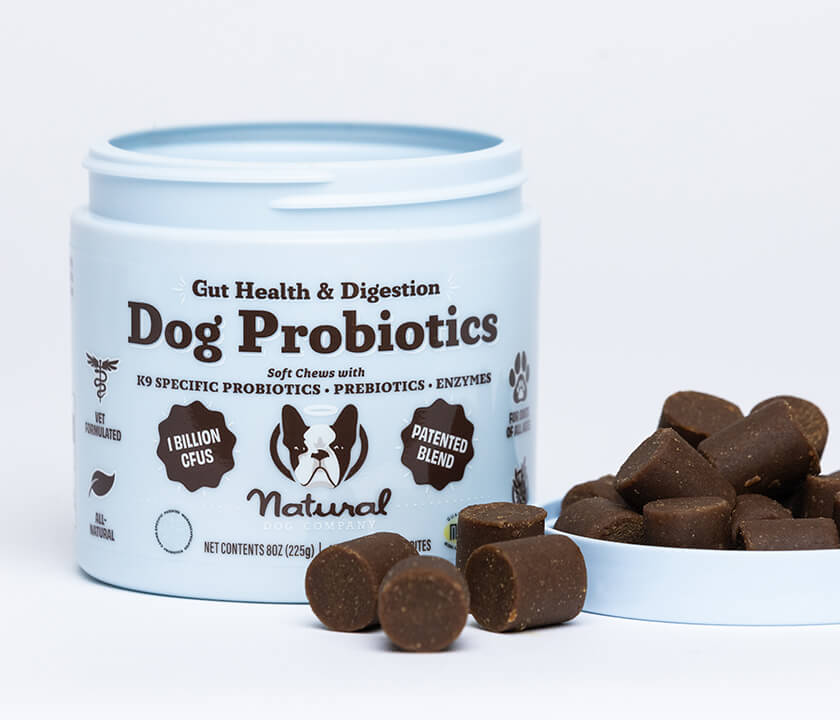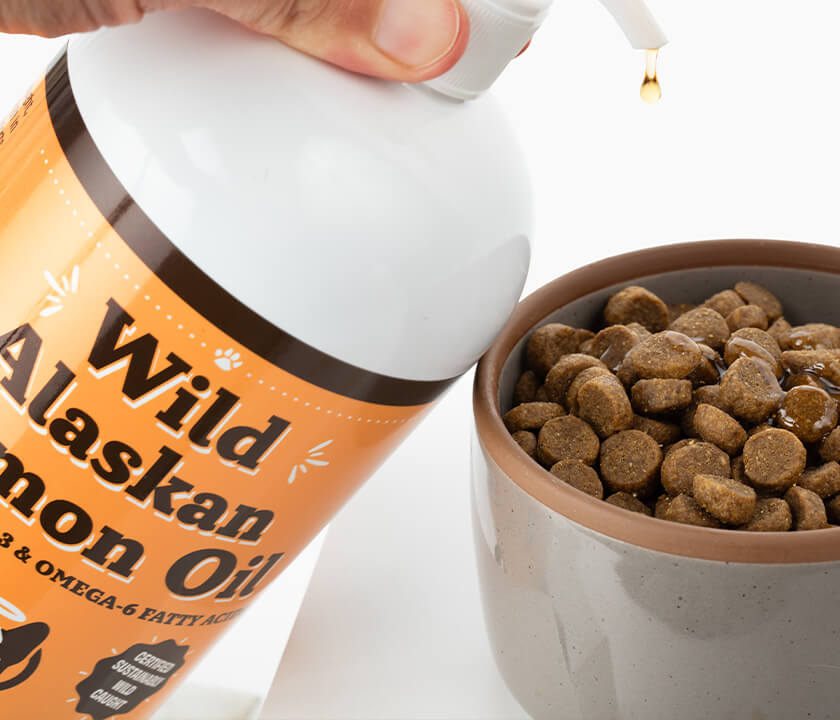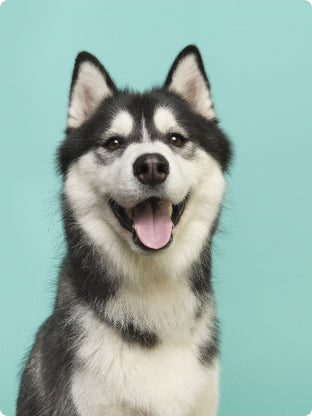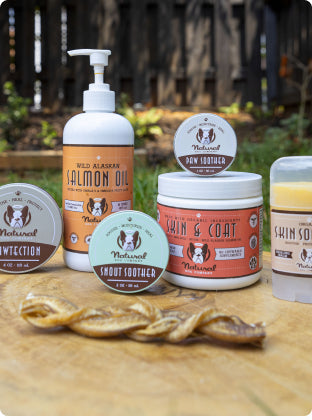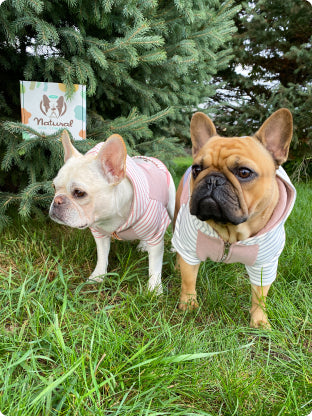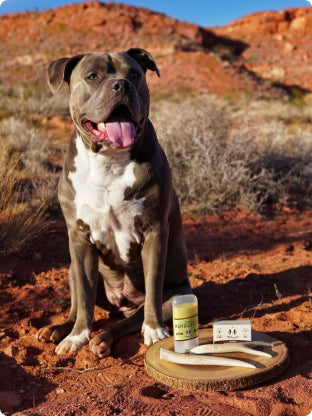It’s so important to protect dog paws during the winter in order to prevent a number of common complications. Everything from dry, irritated, bloody paw pads, to illness related to deicers can be prevented. Here’s a look at some of the most common ailments caused by winter weather, as well as how you can help protect dog paws so that your canine remains happy and healthy all winter long.
1. Dry, Chapped, Flaky, Irritated Paw Pads From Walking On Snow
 Dog paws may become dry, chapped, itchy, flaky and downright painful due to walking directly on cold snow. Imagine walking barefoot in the snow, your feet would start to suffer the consequences too.
Dog paws may become dry, chapped, itchy, flaky and downright painful due to walking directly on cold snow. Imagine walking barefoot in the snow, your feet would start to suffer the consequences too.
How To Prevent & Treat:
There are a number of products on the market geared at protecting your dog’s sensitive paw pads from the snow, such as dog boots. The thing is, not all dogs want to actually wear these boots and it can be a bit of a pain putting them on every time you go out for a walk.
PawTection offers a less invasive way to put a barrier between your dog’s paws and the snow. The easy to apply all-natural balm glides over your dog’s paws and creates a barrier against the uncomfortably cold snow. Plus, it is packed with moisturizing properties to help combat skin dryness associated with this time of year.
If your dog’s paws are already chapped, dry, irritated or bleeding you need something to restore moisture and heal damaged skin. All natural and vegan Paw Soother does just that thanks to the soothing anti inflammatory and moisturizing properties packed inside.

2. Chemical Burns From De-Icers
De-icers are commonly applied to sidewalks, driveways and roadways in order to help melt and remove snow. The chemicals in deicers are one of the greatest threats to your four-legged pal every winter. Deicers can cause burned paws, or illness if your dog licks the chemicals off of their paws.
 How To Prevent & Treat:
How To Prevent & Treat:
PawTection provides a natural barrier against the elements, including deicers. Apply PawTection before going outside to help prevent the risk of chemical burns or other damages caused by de-icers.
Keep a bowl of water and a clean rag at your door so that you can soak and wipe your dog’s paws clean before going back inside. This will help remove any deicing residue that could otherwise end up dangerously ingested by your dog.
3. Ice Balls On Hairy Dog Feet
If your dog has hairy feet you may notice ice balls forming between the pads and toes. This can lead to very sore paws and a greater likelihood that deicers get caught up and ingested.
How To Prevent & Treat:
Keep the hair on your dog’s feet neatly trimmed to reduce the risk of ice ball formations. After going outside, clean your dog’s feet with water and a clean rag to remove any semblance of ice balls.

4. Frostbite & Hypothermia
If your dog is outside for long periods of time during the winter they are at risk for frostbite and hypothermia. If your dog’s paws are sore, red or bleeding they likely have some degree of frostbite.
How To Prevent & Treat:
Paw Soother naturally treats frostbitten paw pads, providing instant relief, while PawTection helps keep your dog’s feet safe whenever he or she is outside.
Your dog should not spend long periods of time outside during the winter. It’s also better to go on multiple short walks throughout the day as opposed to one long walk. Put yourself in your dog’s paws, would you want to walk barefoot through the snow for hours on end?
When your dog is outside, make sure PawTection is there to properly protect their delicate paws against painful damages.

